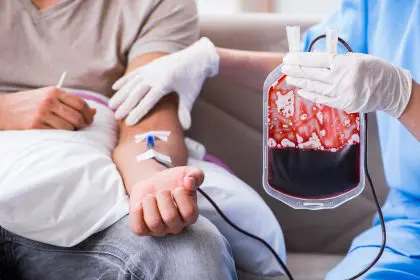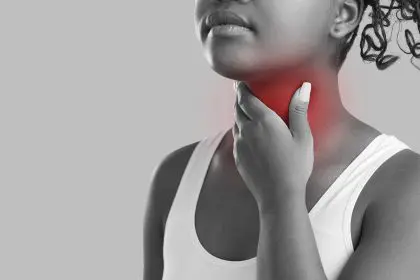Early cancer detection often marks the difference between successful treatment and grave outcomes. Understanding warning signs and maintaining regular screenings can dramatically improve survival rates across multiple cancer types. Medical experts emphasize that early intervention typically leads to less aggressive treatments and better quality of life during recovery.
1. Breast cancer awareness
Breast cancer remains one of the most common cancer diagnoses worldwide, particularly affecting women over 40. Regular self-examinations and mammograms prove crucial for early detection. When caught in initial stages, treatment options often include less invasive procedures like lumpectomy rather than extensive surgery.
Warning signs include unexpected lumps in breast tissue or underarms, changes in breast shape or size, and unusual nipple discharge or inversion. Women with family histories of breast cancer face higher risks, making vigilant monitoring essential. Early detection often leads to survival rates exceeding 90%.
2. Colorectal cancer detection
Colorectal cancer presents unique challenges because early stages often show no symptoms. This silence makes regular screening crucial, particularly for adults over 45. Colonoscopies can identify and remove precancerous polyps before they develop into cancer.
Persistent changes in bowel habits, blood in stool, or unexplained weight loss warrant immediate medical attention. Early detection allows for targeted treatments and significantly higher recovery rates. Statistics show that early-stage colorectal cancer has a five-year survival rate of up to 90%.
3. Prostate cancer vigilance
Prostate cancer primarily affects men over 50, developing relatively slowly compared to other cancers. This slower progression provides opportunity for early intervention when regular screenings occur. PSA blood tests and physical examinations help identify potential issues before symptoms appear.
Difficulty or pain during urination, frequent nighttime urination, or blood in urine or semen indicate potential problems requiring medical evaluation. When caught early, prostate cancer treatments often prove highly effective, with survival rates approaching 100% for localized cases.
4. Lung cancer awareness
Despite declining smoking rates, lung cancer remains a leading cause of cancer-related deaths. Environmental factors and secondhand smoke exposure contribute to risk, making awareness crucial even for non-smokers. Low-dose CT scans help identify tumors before symptoms develop, particularly in high-risk individuals.
Persistent cough, chest pain, or breathing difficulties require medical evaluation, especially when accompanied by unexplained weight loss or fatigue. Early detection dramatically improves treatment options and survival rates, particularly when tumors remain localized.
5. Skin cancer recognition
Skin cancer’s visible nature makes regular self-examination effective for early detection. The three primary types – basal cell carcinoma, squamous cell carcinoma, and melanoma – each present distinct characteristics. Melanoma, the most dangerous form, requires particular vigilance.
The ABCDE method helps identify concerning changes: Asymmetry in moles, Border irregularity, Color variations, Diameter larger than a pencil eraser, and Evolving size or shape. Early identification often means simpler treatment through minor surgical procedures rather than extensive interventions.
6. Cervical cancer prevention
Regular screening transformed cervical cancer from a leading cause of cancer deaths into one of the most preventable cancers. Pap smears and HPV testing identify precancerous changes before they develop into cancer, allowing for early intervention.
Unusual bleeding, discharge, or pelvic pain warrant immediate medical attention. The combination of regular screening and HPV vaccination has dramatically reduced cervical cancer incidence, with early detection leading to highly successful treatment outcomes.
Taking action for prevention
Understanding cancer warning signs empowers individuals to seek timely medical attention. Regular health screenings provide crucial opportunities for early detection across all cancer types. Many cancers, when caught early, respond well to treatment with minimal disruption to daily life.
Medical professionals recommend:
- Following recommended screening schedules
- Understanding personal risk factors
- Maintaining awareness of body changes
- Seeking prompt medical evaluation for concerns
The impact of early detection
Statistics consistently show that early cancer detection significantly improves survival rates across all cancer types. Treatment options typically prove less invasive and more effective when cancer is identified in initial stages. This early intervention often means better outcomes and improved quality of life during recovery.
Regular medical check-ups, understanding family health history, and staying alert to body changes remain the most effective tools in cancer prevention and early detection. Encouraging regular screenings and health awareness within communities helps ensure more positive outcomes through early intervention.
This story was created using AI technology.












